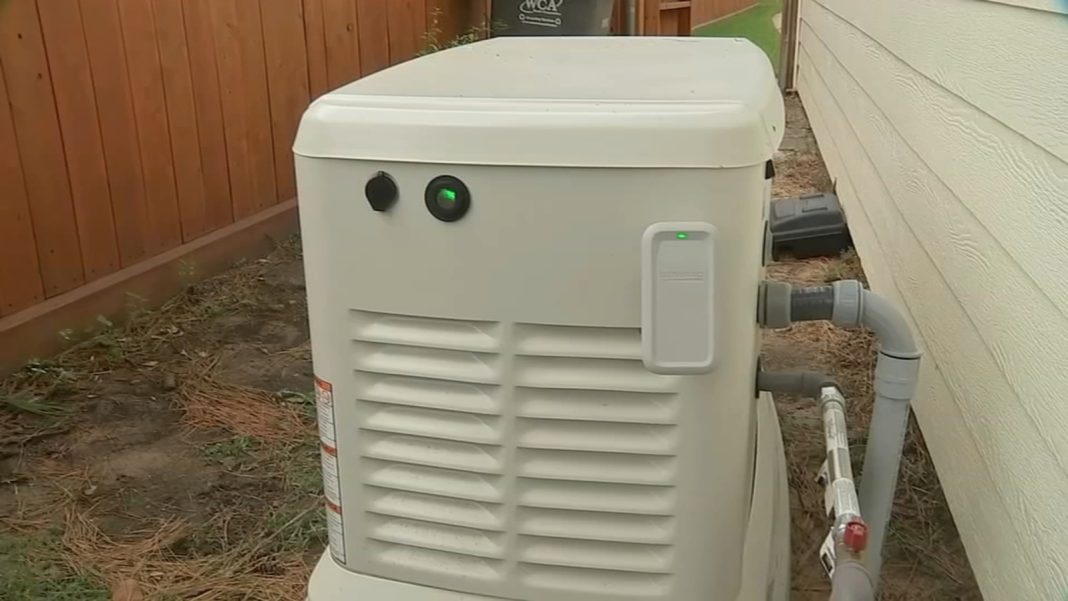Title: The Hidden Dangers of Professionally Installed Standby Generators During Storms
Heading 1: The Risk of Carbon Monoxide Poisoning from Standby Generators
As storms like Hurricane Beryl hit southeast Texas, the focus is often on the dangers of carbon monoxide poisoning from running portable generators indoors. However, what many people are not aware of is the potential risk associated with professionally installed standby generators. Lt. Eddie Cruz of the Cy-Fair Fire Department reveals that they have received numerous calls related to carbon monoxide and standby generators since Hurricane Beryl struck, not just in their area but throughout Houston. This alarming trend emphasizes the importance of understanding the potential hazards involved with these generators.
Heading 2: The Importance of Proper Installation for Safety
One reason professionally installed standby generators can pose a risk is because they require a complex installation process. Electrician Steven Ashley of Abacus highlights that the extensive steps, permits, and involvement of energy providers that come with installing these generators are actually indicators of a safe installation. While this process may be frustrating for homeowners, it ensures that the generator is installed correctly and safely for the well-being of the family.
Heading 3: Red Flags to Watch Out for During Installation
Ashley warns against installers who promise quick installation, as this could be a major red flag. A rush installation may compromise safety measures and increase the risk of carbon monoxide exposure. Additionally, it is crucial to ensure that the installer is licensed and insured to guarantee they have the necessary expertise and accountability.
Heading 4: Specific Location Requirements for Standby Generators
Professionally installed standby generators must be placed in specific locations as specified by the manufacturer. Ashley explains that failure to follow these guidelines can result in gas entering the home. For instance, generators should be positioned at least five feet away from windows and three feet away from flammable sources such as fences. Adhering to these guidelines ensures proper ventilation and minimizes the risk of carbon monoxide buildup.
Heading 5: The Alarming Incidence of Carbon Monoxide-Related Calls
The number of carbon monoxide-related calls received by local fire departments since Hurricane Beryl hit highlights the severity of the issue. While exact numbers were unavailable for Cy-Fair, the Houston Fire Department responded to 36 calls on Wednesday alone, and the Montgomery County Hospital District EMS reported 200 calls since the storm made landfall. These statistics underscore the critical need for awareness and preventive measures.
Heading 6: The Importance of Carbon Monoxide Detectors
Carbon monoxide is a tasteless and odorless gas, making it difficult to detect without the assistance of carbon monoxide detectors. These devices are vital in alerting residents when the gas is present, allowing them to take immediate action to prevent poisoning. Experts strongly recommend having a carbon monoxide detector inside the home to ensure the safety of occupants.
Conclusion:
While the focus during storms often centers around portable generators, the dangers associated with professionally installed standby generators should not be overlooked. The extensive installation process, specific location requirements, and potential risks of carbon monoxide exposure demand homeowners’ attention and caution. By understanding these hidden dangers and taking necessary precautions, individuals can safeguard themselves and their families during severe weather events.


